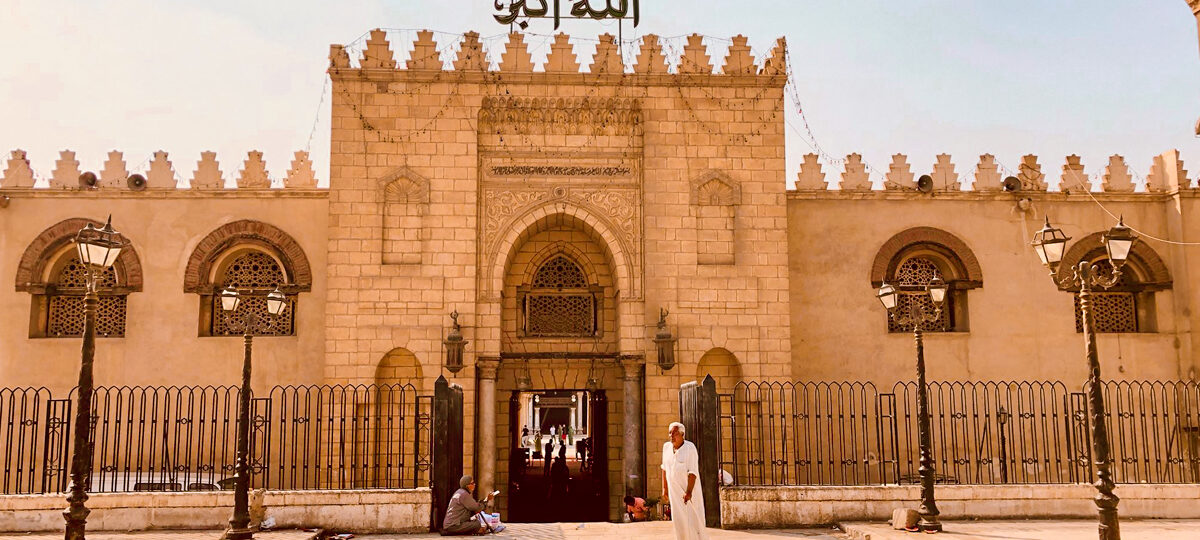Amr Ibn Al-Aas mosque
People think of Amr Ibn Al-Aas as one of the most important people in Egyptian history because he brought Islam to the country. He built the city of Fustat, which was right next to the Roman defenses of Babylon to the north. The Mosque of Amr Ibn Al-Aas, which was built in the 11th century, still shows where this city was. But even though the building has been rebuilt more than once and nothing from the original structure is still there, it is still the site of the oldest mosque in Egypt, if not all of Africa.
When General Amr Ibn Al-Aas of the Rashidun Islamic Caliphate came to Egypt in 640 AD, Islam spread to all of Africa. In 632, the religion had only been around for a few decades, but it was becoming more and more popular thanks to the Rashidun Caliphate, which had been set up after the Prophet Mohammed died. At the time, Coptic Christianity had just recently become more popular than the religion of Ancient Egypt, making it the country’s main religion.
General Amr Ibn Al-Aas and his army marched toward what is now Cairo. They were going to attack the fort of Babylon, which was at the time on the banks of the Nile. The Muslim army set up a camp north of the fort and the village that was around it. They then began to attack the fort and the village.
Interesting facts about the Amr Ibn Al-Aas Mosque include the following:

The story goes that a dove built a nest on the ceiling of the general’s tent when they camped outside of the city when they weren’t in it. Amr asked that his tent be left where it was after they beat Babylon because he thought the dove’s nest was a sign from God. After the army took over Babylon, they got ready to march on Alexandria, which was the capital of Egypt during the Greco-Roman period.
By taking Alexandria, the Muslim army took control of Egypt. But they heard from Caliph Umar in Medina that they should move their capital to a place closer to Medina. After thinking about what the dove meant, Amr Ibn Al-Aas built a mosque where his tent used to be. This mosque became the center of Fustat, the new Muslim capital of Egypt. This mosque, which was built in 642 AD and named after the commander, was the first mosque ever to be built on the continent of Africa.
The building of the Amr Ibn Al-Aas Mosque began in the following year:
The mosque of Amr Ibn Al-Aas was built in the seventh century out of palm trunks, mud bricks, and palm leaves for the roof. Because of this, there are no remains of the original building, and the mosque has been renovated many times since then. In 827, the first columned arcades
were built. This gave the building a fixed shape that has been added to and improved since then. Today, there are only a few of these original architraves left. They can be seen along the southern wall of the mosque, where they were first put up. The last time that the building was fixed up was in 1875.
Even though most of the original building has been rebuilt, tourists still visit the mosque because of its historical importance. It was the site of the first Muslim settlement in Egypt and the first mosque in Africa. It is in the middle of Cairo’s historic district, Fustat. The Mar Gargis metro station and Coptic Cairo can both be reached on foot.

